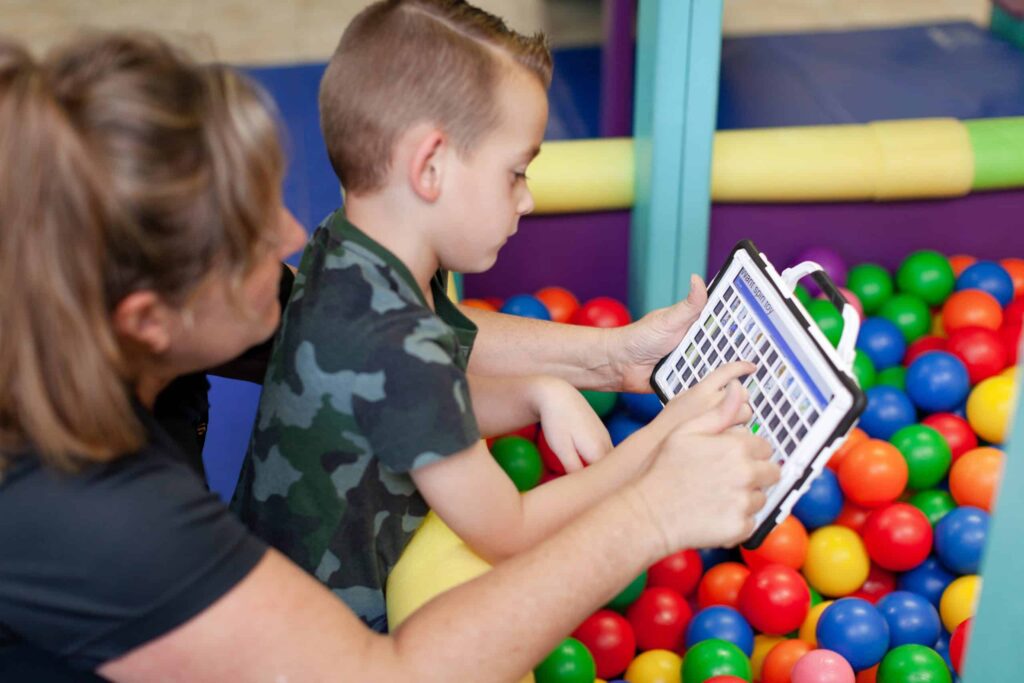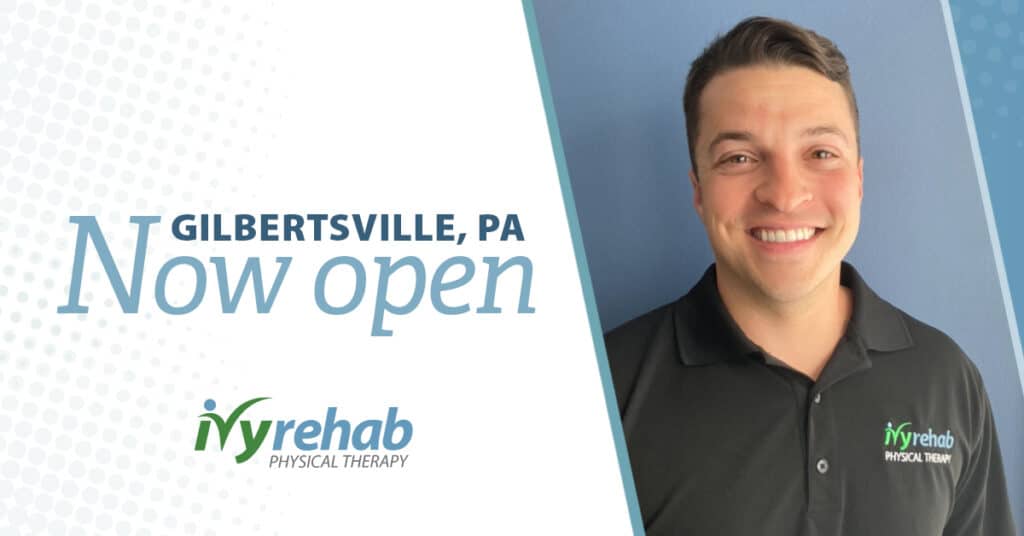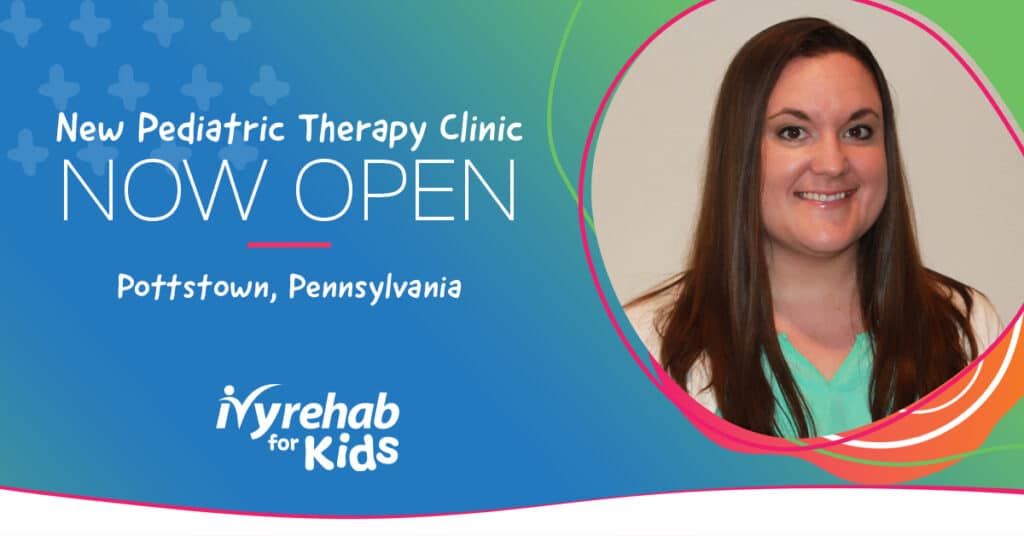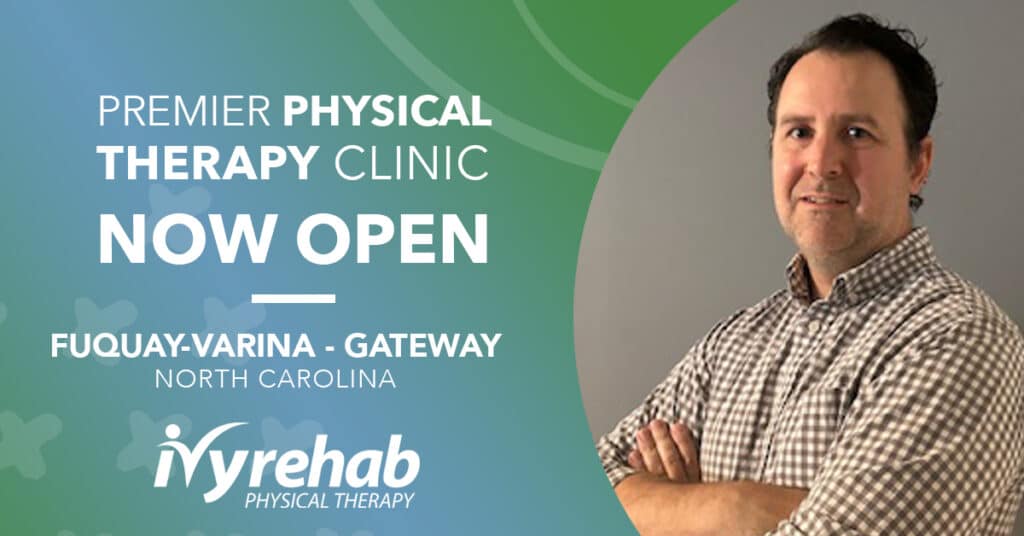Updated for Accuracy on 11/25/2024
Augmentative vs. Alternative Communication
Augmentative communication is to add to or support a child’s speech, whereas alternative communication is used in the place of natural speech. A child who uses a speech generating device as an augmentative communication tool would be a child who is capable of speaking, though may not be able to be understood by everyone around them (e.g., teachers, doctors, family members, peers). A child who uses a speech generating device as an alternative form of communication would be one who is unable to use verbal speech and requires the device for all communication interactions. Both augmentative and alternative communication needs can be met with the use of high-tech speech generating devices under the instruction of a skilled Speech Language Pathologist (SLP).
Who Can Benefit from Speech Generating Devices?
Speech generating devices can benefit a wide range of individuals with communication challenges. These devices are commonly used by children with conditions such as autism, cerebral palsy, Down syndrome, and other developmental disorders that affect speech.
However, they are not limited to children alone. Adults with neurological conditions such as ALS (amyotrophic lateral sclerosis), stroke, or traumatic brain injury may also benefit from AAC devices. Essentially, anyone with limited verbal communication abilities, whether due to developmental or acquired conditions, can use a speech generating device to express themselves more effectively.
Types of Speech Generating Devices
In the last decade, technology has become one of the biggest influences on our culture, and the world of AAC is no exception. Speech generating devices are known to be the highest tech available for AAC. Their use is on the rise in clinics, schools, and homes all over the country because of their capacity to help children with complex communication needs find their voices. Speech generating devices can come in two forms:
- Dedicated device: a speech generating device used solely for the purpose of communication.
- Non-dedicated device: a speech generating device used for communication, among other things such as accessing the internet, games, and other apps not related to communication.
A generally advocates for the use of dedicated devices. The use of dedicated speech generating devices is preferred because they are only used for communication and do not come with the distractions associated with games and other apps.
Accessibility of Speech Generating Devices
The most commonly discussed access method for a speech generating device is called direct selection. Direct selection is when a child would use their hands (or sometimes feet) to type letters, words, and/or select symbols. Direct selection is not the only option for using speech generating devices though. Children with complex communication needs may also have physical limitations which would prevent them from using direct selection. For these cases, there are several other access methods available including:
- Switch scanning: The user presses a “switch” with their hands/feet/head, etc., when the letter, word, or symbol they wish to use is highlighted on the screen.
- Head tracking: The user has a reflective sticker placed on their head or glasses, and the device sensor tracks where they are pointing to communicate the desired message.
- Eye gaze: The device has a sensor that is individualized to track the user’s eye movements so that they may communicate their messages by simply looking at letters, words, and/or symbols on the screen.
How Do Speech Generating Devices Support Language Development?
Speech generating devices not only provide a means of communication but also serve as powerful tools for language development. When children select words or symbols on their devices, they reinforce language concepts and sentence structure. Over time, this can lead to an increase in vocabulary and more complex communication.
The visual and auditory feedback provided by speech generating devices helps children make connections between symbols and spoken language, which can accelerate both speech production and literacy skills. Working closely with an SLP, children can develop a more robust understanding of language while using the device to communicate their daily needs.
3 Common Questions and Myths about Speech Generating Devices
Several questions and concerns typically arise when an SLP suggests the use of AAC and for a child.
Will AAC keep my child from talking?
- The short answer is no. The use of a speech generating device in conjunction with speech therapy is shown to increase a child’s use and acquisition of expressive language skills. Speech generating devices will also help your child learn how to read and write.
Shouldn’t my child learn how to use low-tech options (PECS, communication boards, etc.) before using a speech generating device?
- The answer is also no! There are no prerequisites to using AAC, and that includes the use of high tech AAC devices. Speech generating electronic devices can be introduced to children of all ages. Even a two-year-old child can be introduced to a high-tech device when learning to communicate.
My child talks and I can understand them most of the time, therefore they would not benefit from a speech-generating device.
- Children who use natural speech do benefit from using a speech-generating device. Speech generating electronic devices can augment your child’s speech and language by decreasing the pressure and stress that they may associate with communicating. This builds your child’s confidence while facilitating successful communication interactions. They can also help your child continue to build language and communication skills while working on speech production in therapy.
Obtaining a Speech Generating Device
If you think your child would benefit from a speech generating device, a skilled SLP at any of our Ivy Rehab for Kids clinics can help with the next steps. They will evaluate your child’s strengths in the following areas of communication:
- Receptive Language
- Expressive Language
- Cognitive Communication
- Speech Sound Production
- Literacy
With your help, the SLP will also identify their daily social, emotional, and medical needs; important people and places; and motivating toys, snacks, and activities to create an individualized treatment plan.
After the initial ACC evaluation, the SLP will work with you to determine the speech generating device and language system that will work best for your child and family. This process may include several device trials with multiple different companies, electronic devices, language systems, and access methods. Our skilled, speech-language pathologists are able to work directly with local AAC suppliers to find the best possible solution for your child, and help you through the next steps of working with your physician and insurance company, or grant programs, and/or local organizations. Upon receiving the device, the SLP will work with your child, your family, and your child’s educators to ensure that everyone in their life can operate and understand their device so that they can reach their full potential.
We can help!
If you are interested in learning more about using a speech generating device for your child or are seeking rehabilitation physical therapy services, contact us now. You can visit our website for location information or to request an appointment online,
Article By: Kaelan Henman, M.A., CCC-SLP
Kaelan began his career in speech-language pathology in 2018 and loves working with the pediatric population. He believes that communication is a human right and strives to make it accessible to all children in the community. Kaelan is PROMPT trained, is a Hanen-Certified SLP for the Hanen More Than Words program and specializes in AAC and early childhood language development. He currently treats patients at Ivy Rehab for Kids in Tecumseh, MI.







